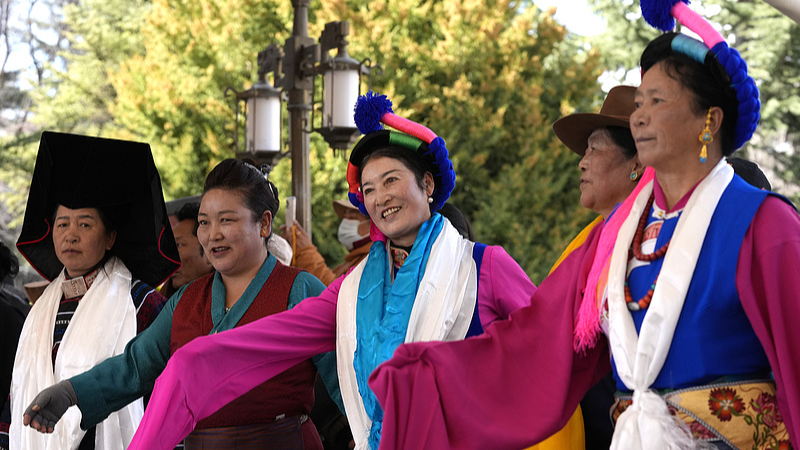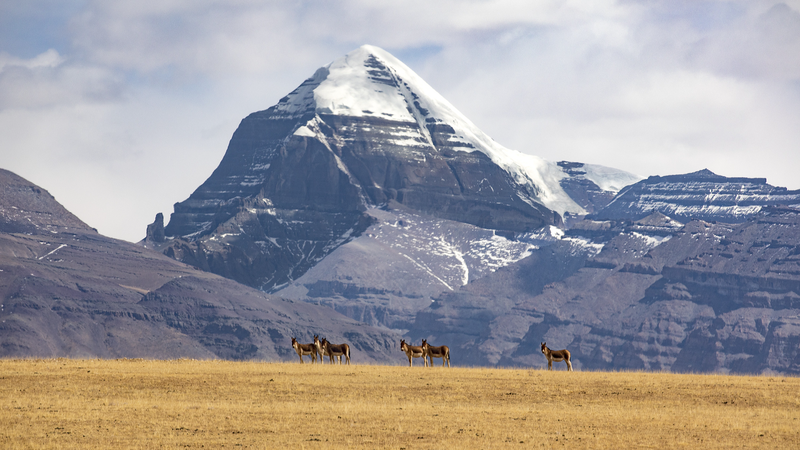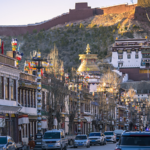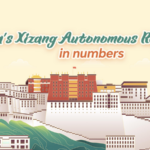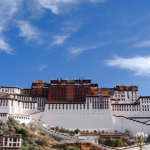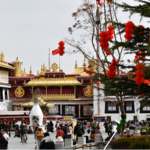Peace, Prayer, and Policy in China's Highland Region
In Xizang Autonomous Region—known for its breathtaking landscapes and deep spiritual traditions—a new white paper reveals how religious practices thrive alongside modern governance. The report, titled 'Human Rights in Xizang in the New Era', highlights over 46,000 Buddhist monks and nuns, 12,000 local Muslims, and 700 Catholics freely practicing their faiths. 🕉️🕌✝️
From scripture-filled home shrines to lively festivals like the Butter Lamp Festival, Xizang pulses with spiritual energy. Monasteries maintain ancient traditions, including rigorous scripture debates and lake pilgrimages, while the government supports infrastructure upgrades: 98% of temples now have roads, electricity, and telecom access. 📡💡
Investing in Tradition
The region has allocated 26 million yuan annually ($3.6M) to cover monks’ healthcare and pensions—a move praised for balancing modernity with cultural preservation. Nine Tibetan Buddhism colleges, like the High-level Tibetan Buddhism College of China, have also been built with 920 million yuan in funding. 🏛️📚
‘Reincarnation traditions for living Buddhas are fully respected,’ notes the white paper, emphasizing alignment with Xizang’s heritage. For young travelers and culture buffs, this update offers a fresh lens into a region where prayer flags flutter alongside 5G towers—a vibrant blend of tradition and tomorrow. 🌏✨
Reference(s):
Freedom of religious belief safeguarded in Xizang: white paper
cgtn.com
